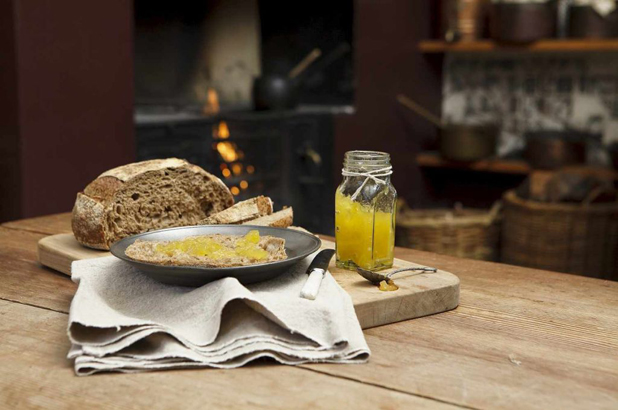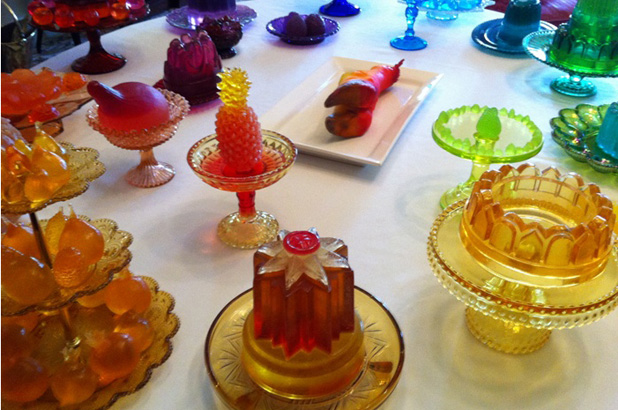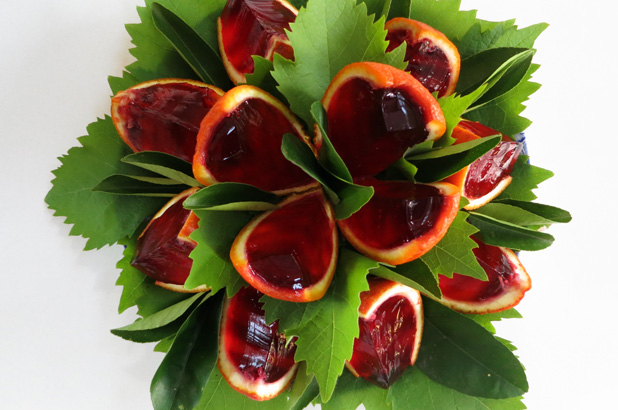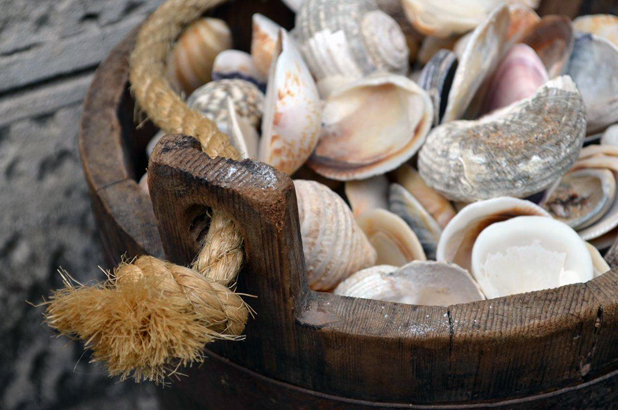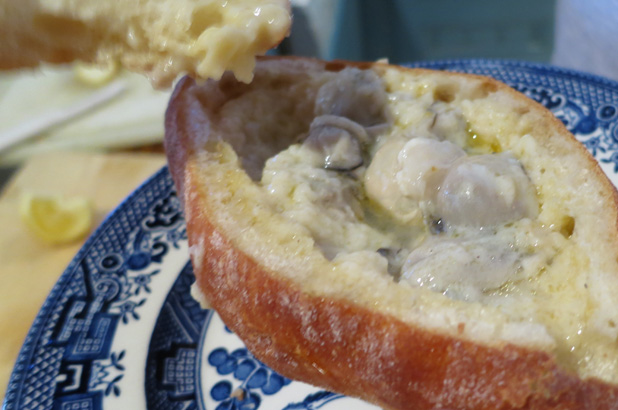The Cook and the Curator is the result of an inspiring collaborative effort from our colleagues at the HHT. Now that it feels like the canapés have finally made it to the table (with many courses to follow!) we want to thank the staff at the HHT, from our fellow curators to the teams of gardeners and guides at our houses, who have supported this project. We value their enthusiasm and encouragement – and thank them for cleaning up their kitchens and staff rooms when we left them in chaos!
In particular, extra slices of pudding go to Beth Hise for her vision, web gurus Tim Girling-Butcher, Ondine Evans and Jay Smith, recipe editor Rhiain Hull and designer Sarah Christensen; and to Alysha Buss for her calm demeanor and tireless patience in the eye of the culinary storm.
Thank you all!
Jacqui and Scott
